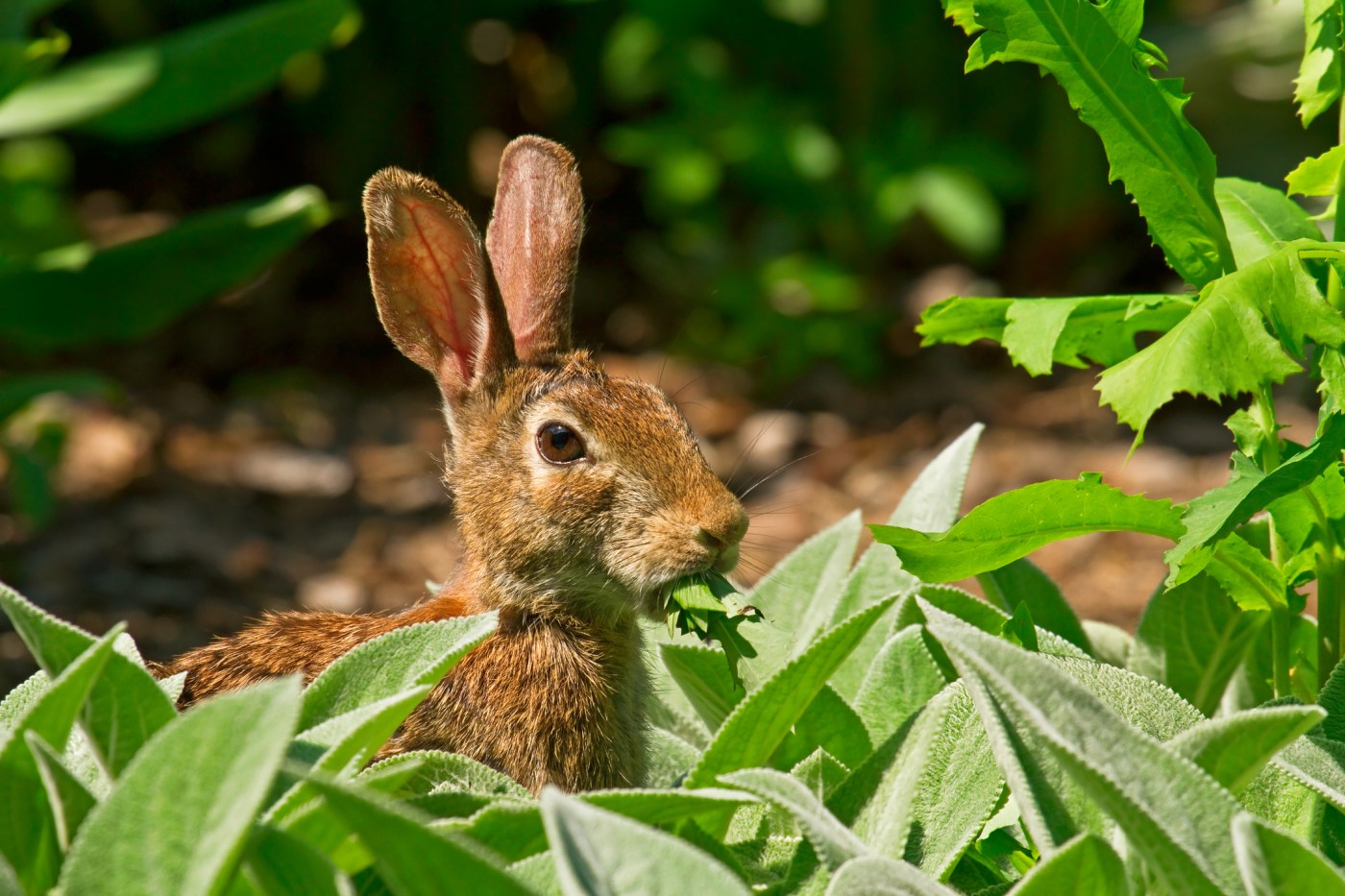DEAR JOAN: Over the past four weeks, a pair of juncos have twice built nests and laid eggs in our hanging geraniums. We became aware when we observed the parent birds keeping a very close eye on us when we were on the patio. The hanging baskets are about 8 feet off the ground, which surprises me, since I read that juncos usually build nests on the ground in shrubs or wood piles.
The first batch of two fledglings hid in the shrubs of our covered patio. We found one dead, but there were no signs of trauma. The second one was being actively fed as he fluttered and hopped around. Eventually, he flew off to be on his own.
Now we see the parents nesting on their eggs, this time in a different geranium.
How do the newly hatched babies end up on the ground? Do the parents push them? Do they fall? What prevents them from injury with an 8-foot drop?
Aren’t nests 8-feet up with a drip irrigation system an odd place to nest?
— Kathy Rowan, Los Gatos
DEAR KATHY: A penthouse apartment with indoor plumbing sounds good to me.
A female dark-eyed junco typically selects a depression on a slope, rock face or in a tangle of exposed tree or shrub roots for her nest, but in suburban settings, hanging plants are a favored spot.
When the baby birds are ready to leave the nest, they fly out on their own, no pushing needed. The first try is not always pretty, but they rarely plummet, and most fledglings quickly get the hang of things. In that short time period, they are vulnerable to predators. That might be what happened to one of the baby birds you discovered.
Some birds reuse nests, but juncos rarely do, which is likely why your birds chose a different hanging pot for their second brood. They might also have purposely chosen your hanging pots as surrounding foliage can help conceal them from unwanted visitors and because having humans around can discourage predators of all sorts.
DEAR JOAN: I have two cottontail rabbits who moved in under my deck. I really don’t have much that could feed them, but they apparently eat what the Internet says they would not. First, they cleared out my herb garden, and now I see them eating my dymondia ground cover, plumbago shrub, bougainvillea, geraniums and my succulents!
I am worried they are going to start breeding, and I want to trap and remove them. Any ideas? I really want a vegetable garden again this summer.
— Jenny Mart, Mountain View
Related Articles
A frolicking humpback, 3 minkes and dolphins put on a show off California coast
Humane Society Silicon Valley recognizes volunteer’s dogged efforts
San Francisco mayor announces the city will receive pandas from China
How can I convince my cats to accept a new canine roommate?
Rescuers search off Northern California coast for young gray whale entangled in gill net
DEAR JENNY: If you trap them, you’ll either have to release them on your property or kill them. State law says you can’t relocate them. You can, however, encourage them to move on.
I’d suggest you seal the openings under your deck, after making sure there are no babies or other bunnies underneath, and then fence off your garden beds using hardware cloth. Scare tactics have limited, short-lived success. Animal repellents can help, but they tend to be costly and require repeated application.
If the bunnies don’t have a place to live and no access to food, they should move on.
Animal Life runs on Mondays. Reach Joan Morris at AskJoanMorris@gmail.com.












